Martinique island girl turned Empress

The Martinique plantation where Empress Josephine was born, today has a Creole shopping village, hotels, beaches and a pair of ferry landings .
On my recent visit to Martinique I stayed in La Pagerie, where the island girl who became Empress Josephine as Napoleon’s wife, was born and spent her early years. Even 200 years later her presence impacts this 50-mile long island in the southern Caribbean’s French West Indies.
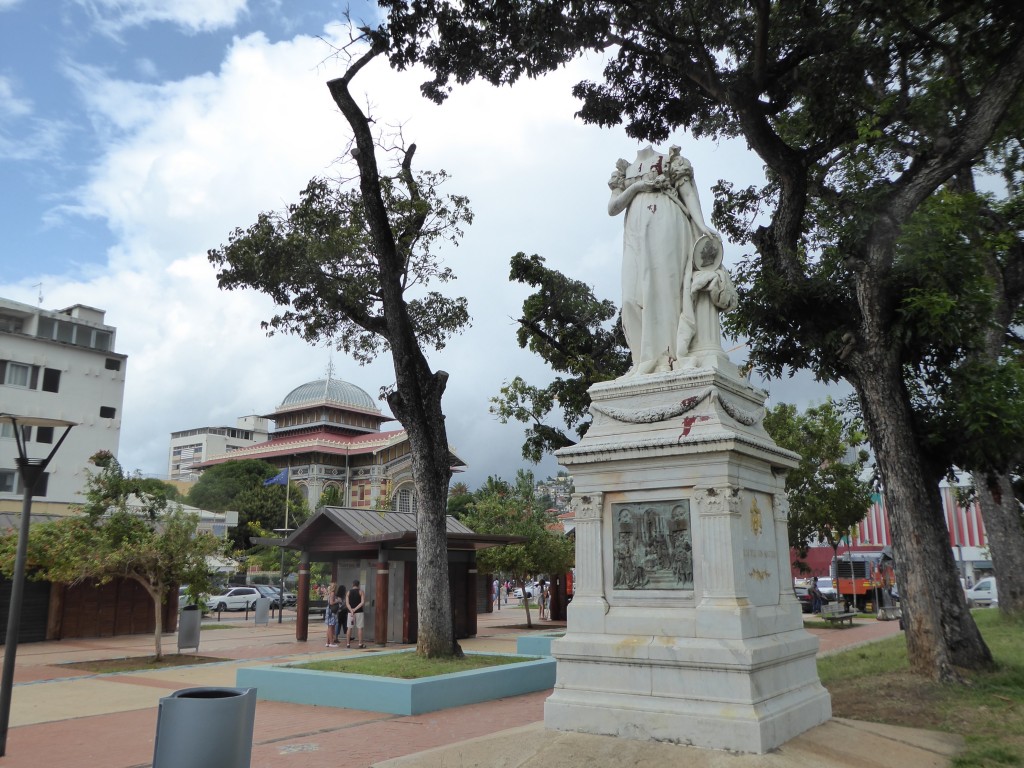
The statue of Empress Josephine, who was born in Martinique, was beheaded by vandals to show the locals’ disdain for Josephine’s encouragement of Napoleon’s restoration of slavery.
She’s not beloved, but reviled by many because she supported her husband’s decision that slavery be restored on the island. The white marble statue of Josephine in the 5-acre Savane park in the center of Fort de France was beheaded several decades ago and today sports red paint representing blood. Note the picture of Napoleon held in Josephine’s left hand.
Nearby, the beautifully ornate Bibliotech Schoelcher pays tribute to slavery abolitionist Victor Schoelcher. It was built by a colleague of Eiffel for the 1889 Paris Exposition, then dismantled, placed on a ship to Martinique and painstakingly reconstructed in 1891 in Fort de-France. There it remains as an active and very much used library.
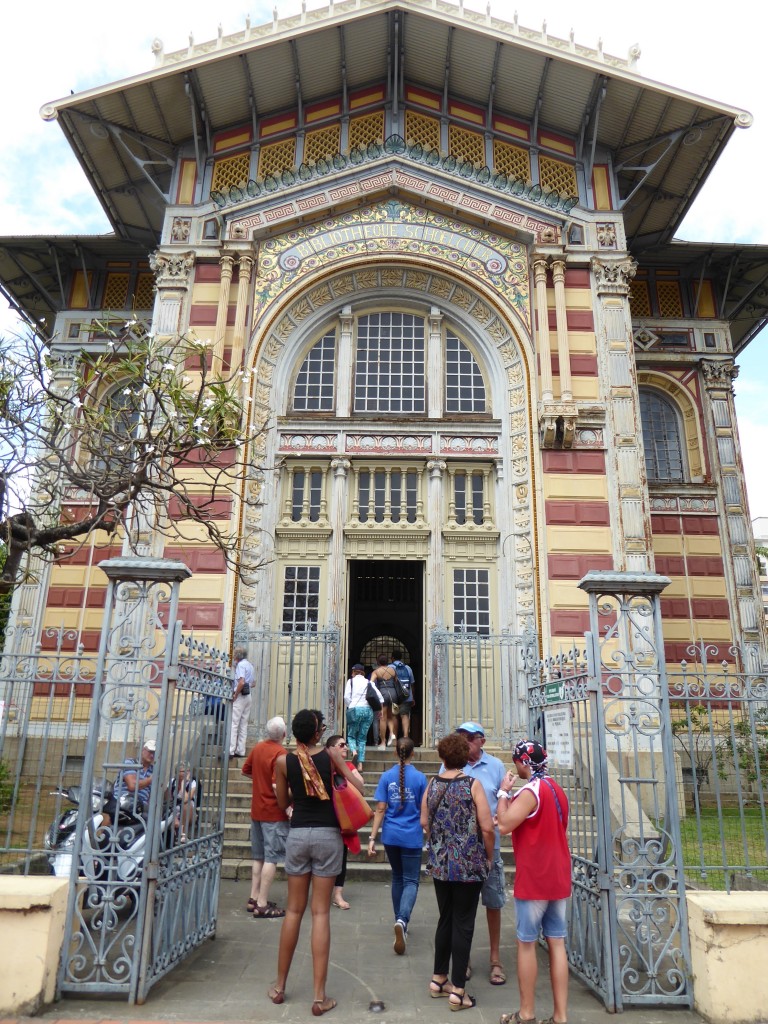
Ornate Schoelcher Library in downtown Fort-de-France was built for the 1890 Paris Exposition, then dismantled and transported to Martinique where today it is a beautiful and active library
The Pagerie plantation today is a thriving tourism destination with a restored Creole village, several hotels with nice beaches and easy walking distance access to two different ferries, each of which offers a 7 euro, 15-minute roundtrip to Fort-de-France — a savings of at least 45 minutes than the trip by road.
Blue attired guides from the Martinique Tourist Office are easy to spot near the ferry landing. They offer English language guide services, maps and audio-guides (4 euros) for those who wish to walk around the compact and interesting capital on a self-guided tour. Our guide, Nadina, took us to the Cathedral Saint-Louis, also designed in the late 1800s by an Eiffel colleague, and led us to the downtown covered market.
After browsing among the exotic fruits and vegetables and asking vendors about them, I bought some pods of fresh island-grown vanilla and a couple of Madras plaid kerchiefs. The Madras plaid, which has since become a Martinique icon, originated after the demise of slavery when indentured laborers from India were brought to Martinique. “The different colored plaids indicated the people’s different castes in their homeland,” Nadina told us
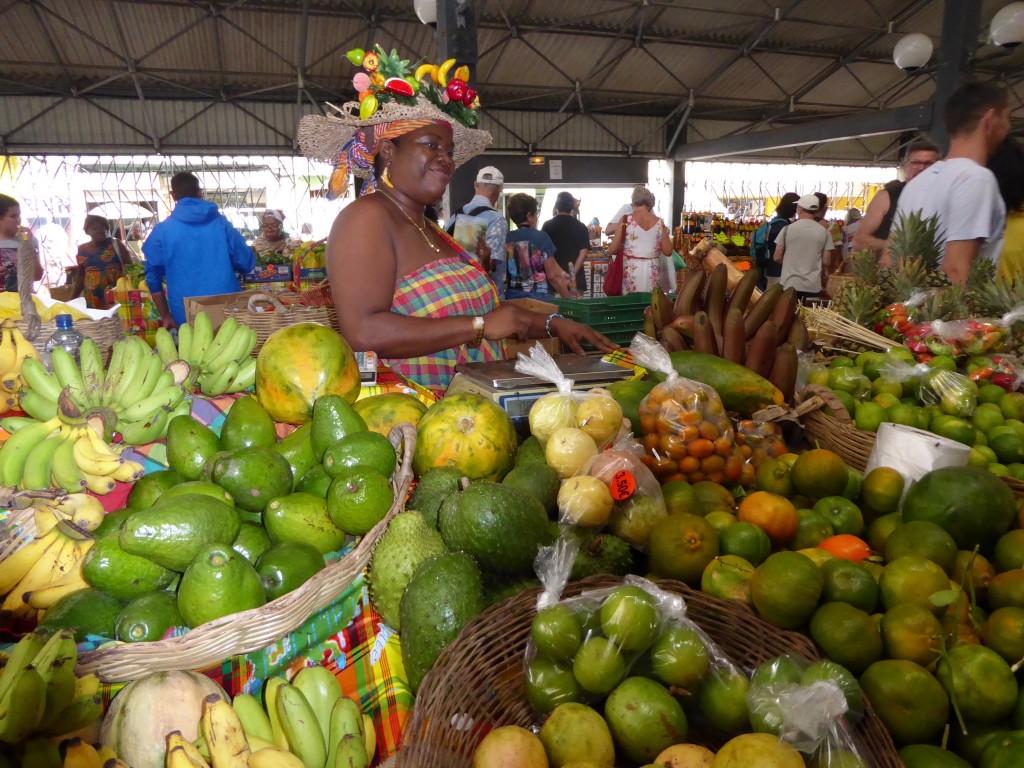
A market vendor, wearing the Madras plaid that has become a Martinique icon, stands amid an array of exotic fruits she has for sale in the Fort-de-France covered market.
Walking toward the rear of the market, we discovered five restaurants, each in the open and indicated by its own tablecloths, napkins and table decor. That’s where we had our first accras, a deep-fried codfish fritter found everywhere.
I was delighted to discover that Chez Carole is one of many places on the French island that accepts U.S.dollars as well as euros.
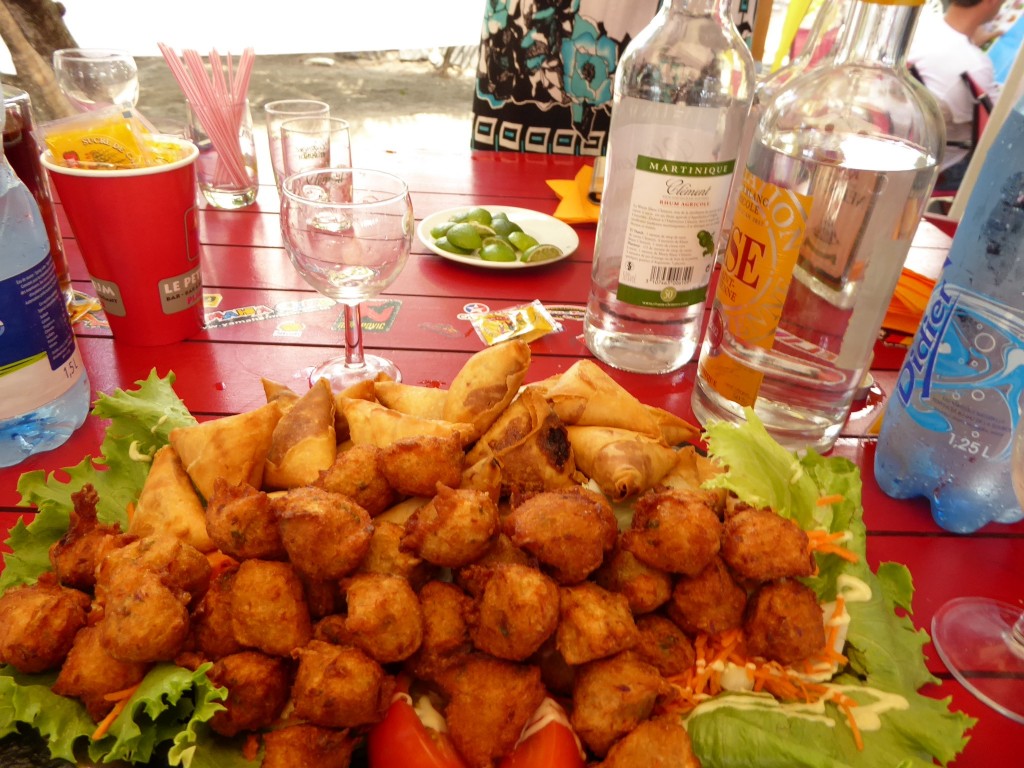
Accras, fritters made from dried, salted cod and deep fried, are a Martinique mainstay as an appetizer.
It’s a mystery to me why dried and salted cod, imported from Portugal, became a Martinique mainstay . But that’s one of those things I need to find out before I write my stories for the News-Herald’s Sunday travel section.
You can still book cheap nonstop flights on Norwegian Airways from JFK in New York until the end of April. They resume in November from that airport, Boston and BWI in Baltimore. Let’s hope they remain as inexpensive – $79 each way last month.
Learn more about Martinique at www.us.martinique.org.
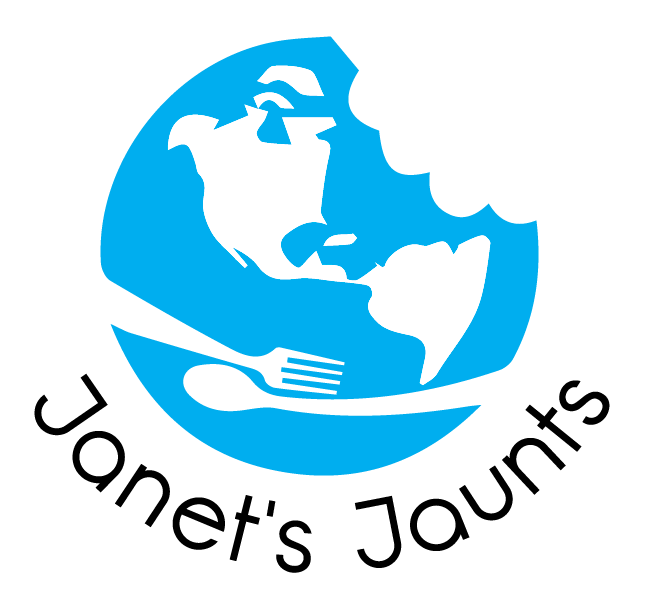
Recent Comments